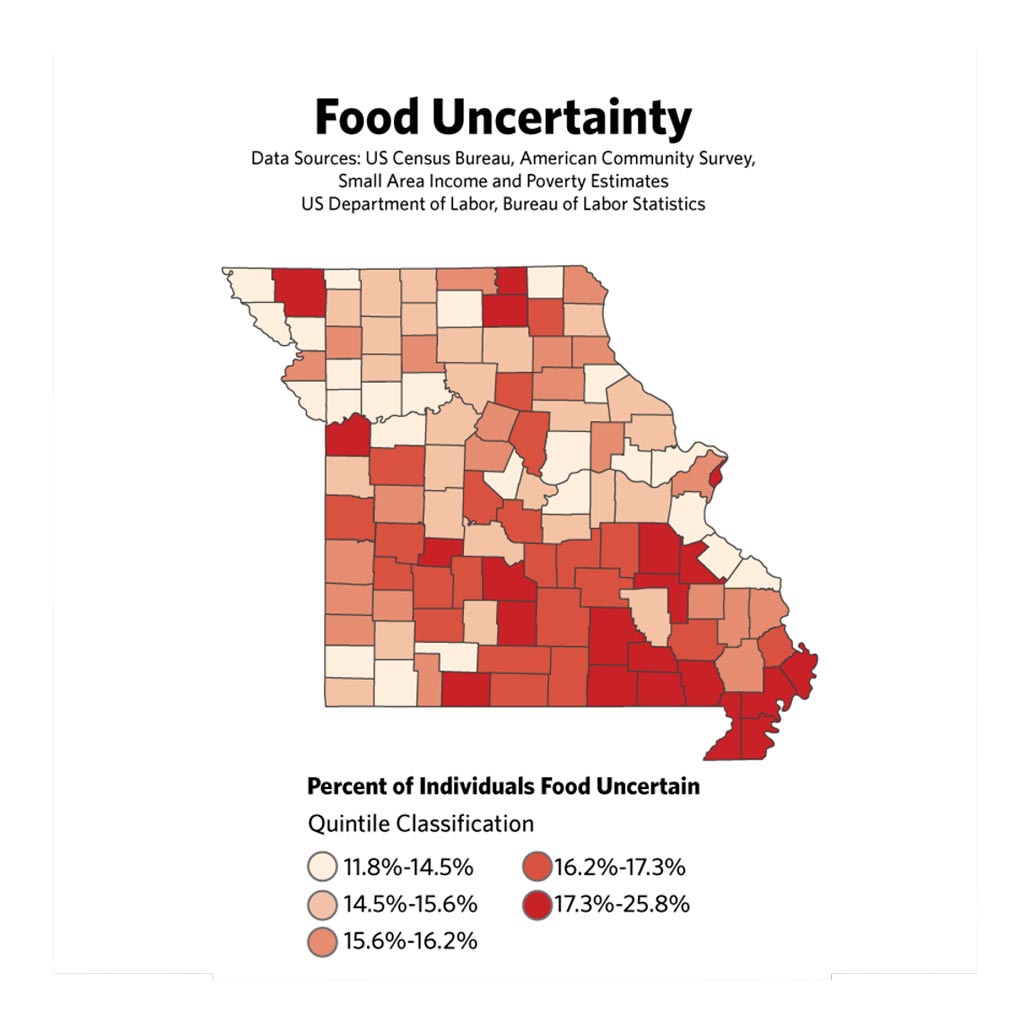The Supplemental Nutrition Assistance Program (SNAP), previously known as food stamps, aims to help low-income households increase their food purchasing power. It has wide reaching effects on the health and financial stability of participating households. SNAP is the second-largest poverty reduction program in the safety net, lifting 8.4 million people, including 4.8 million children, out of poverty in 2015 alone. It also generates economic activity for surrounding communities and reduces health care costs.
Despite these positive outcomes, SNAP is under scrutiny as Congress prepares to reauthorize the Farm Bill (formally known as The Agricultural Act of 2014) by September of 2018. Since SNAP comprises 80 percent of the bill’s spending, the reauthorization has renewed the debate over this safety-net program.

Strengthening the Safety Net: The Supplemental Nutrition Assistance Program


